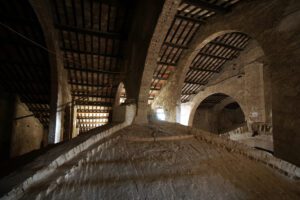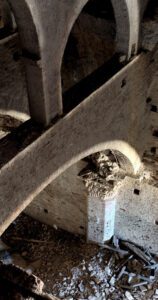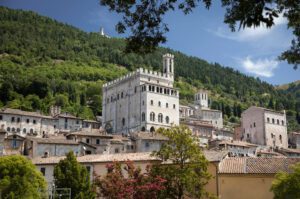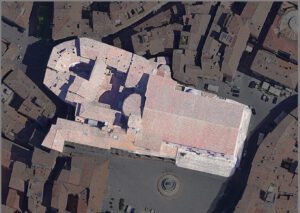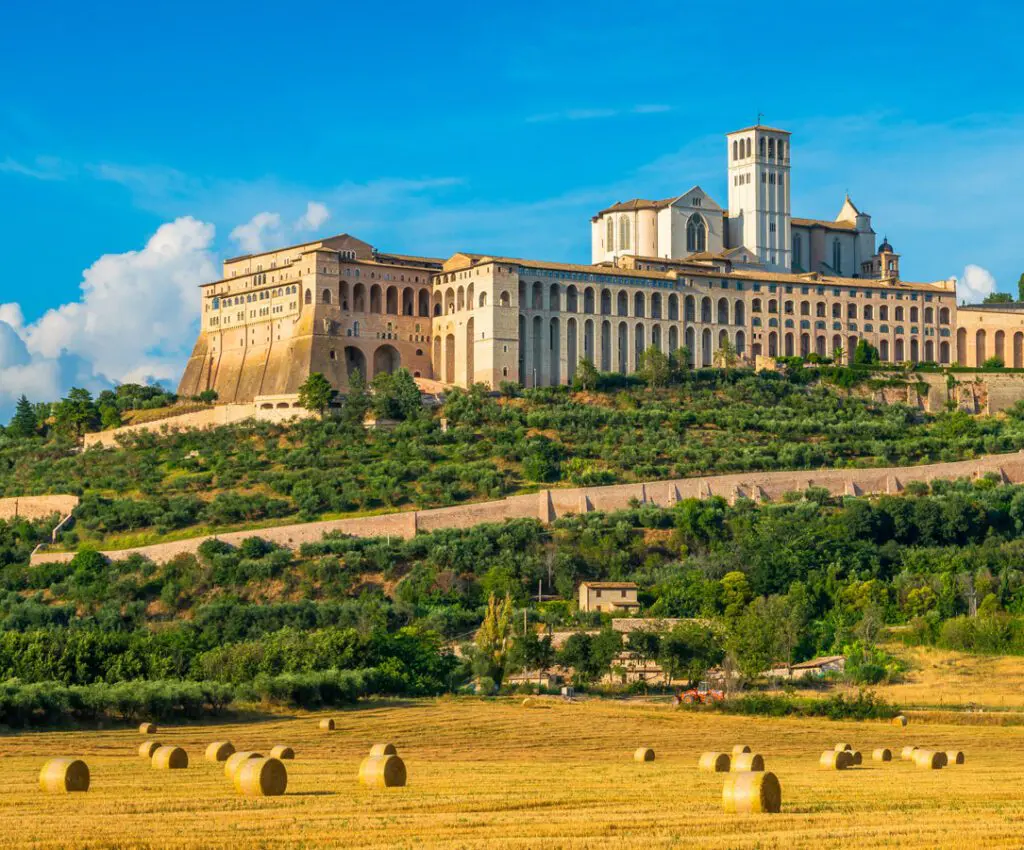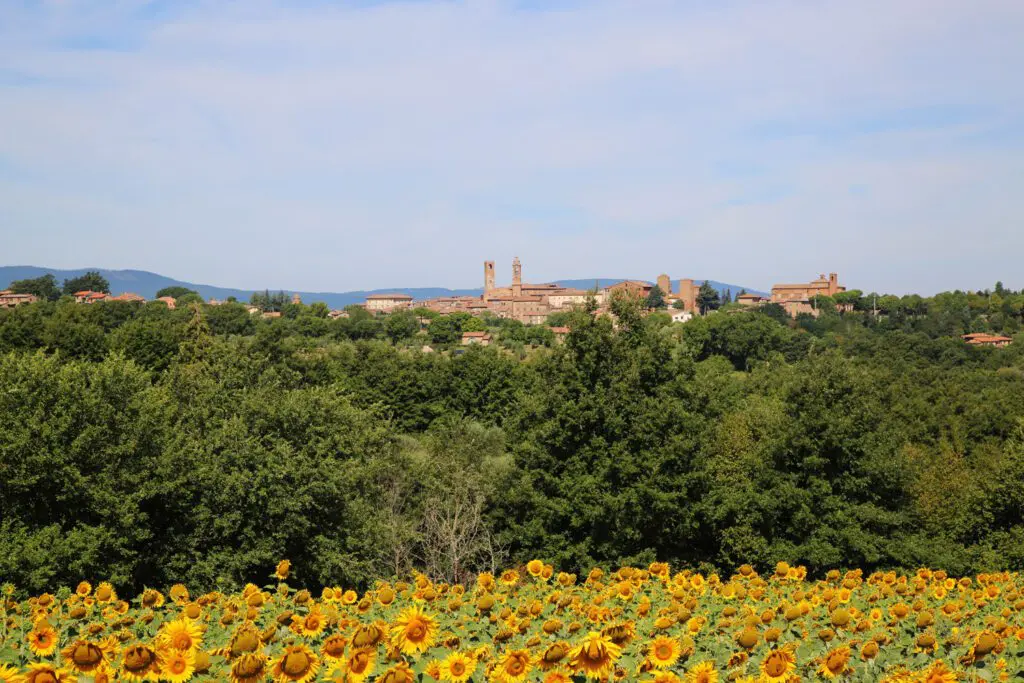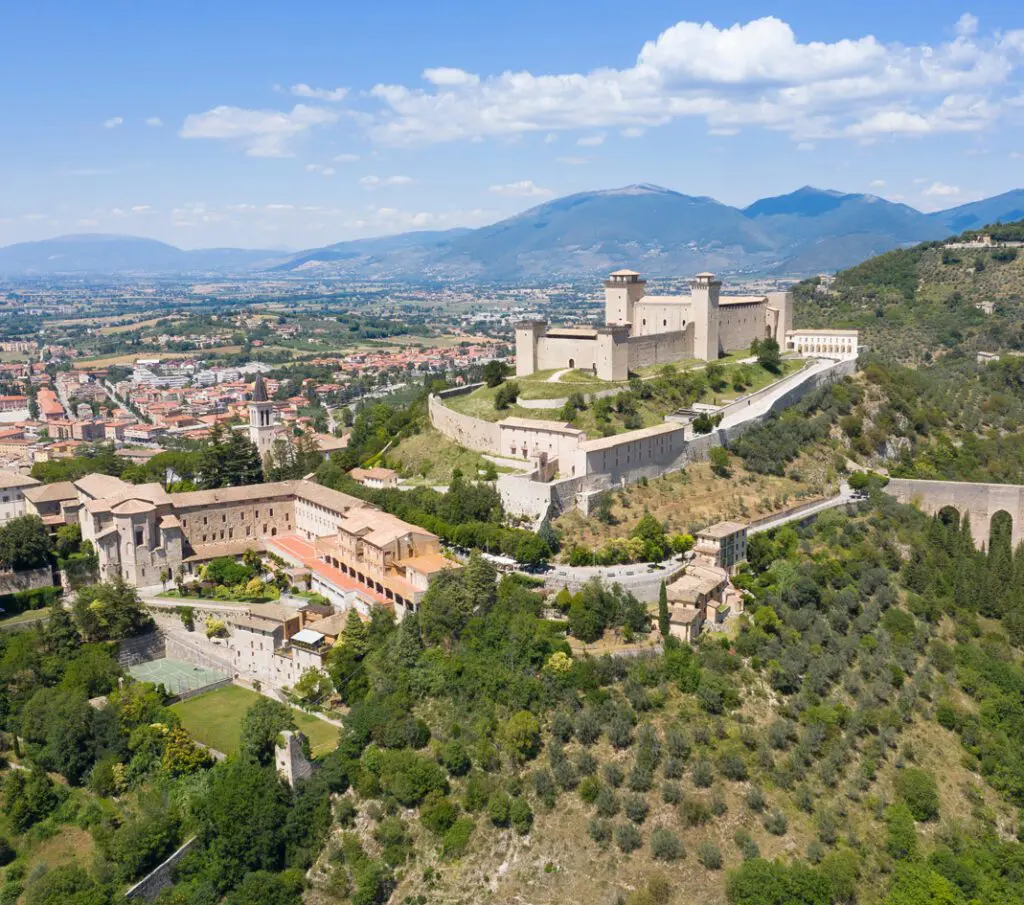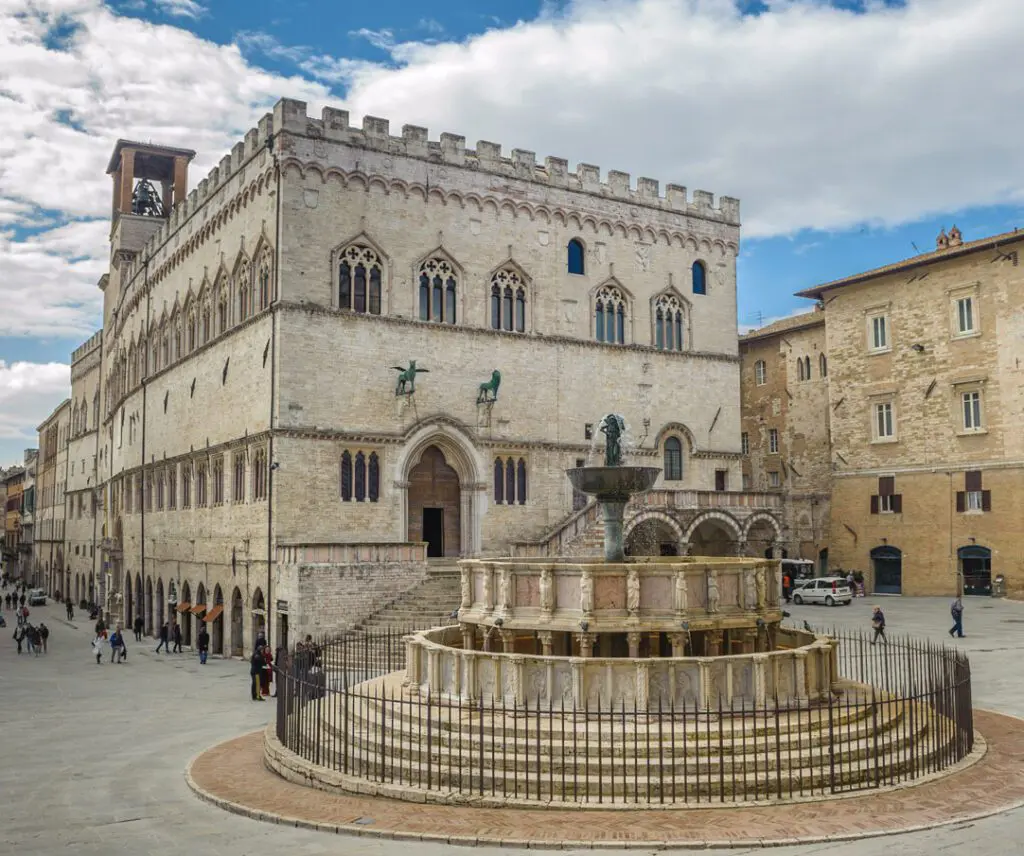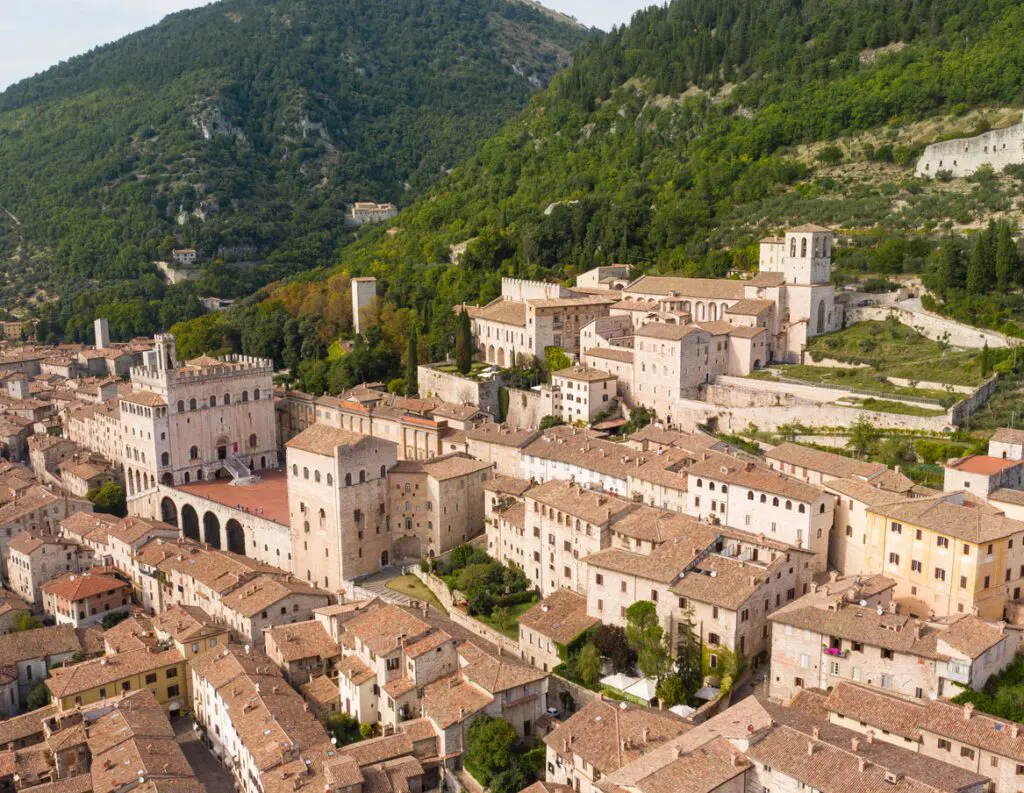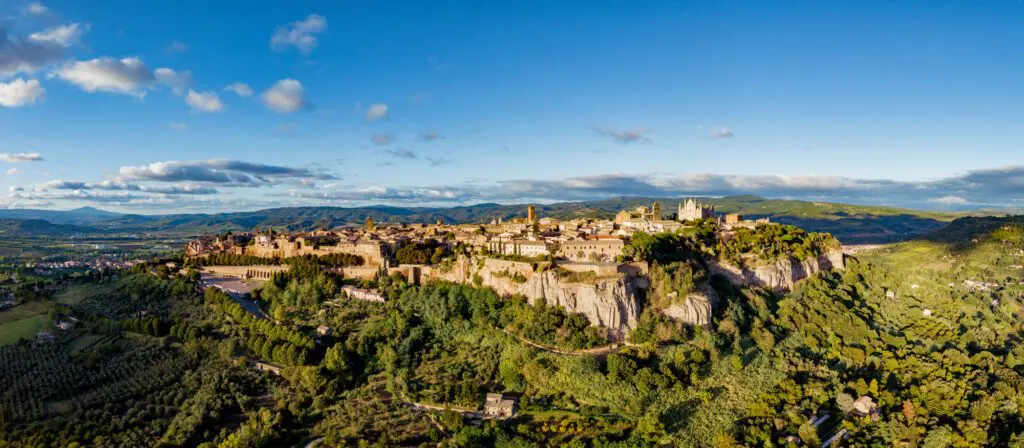Life in Downtown
Perugia’s old town center – centro storico, literally “historical center,” a key concept in Italy – is the town’s very heart: the place where its most ancient soul lives, and where the main contemporary events take place, such as Umbria Jazz, the International Festival of Journalism, L’Umbria Che Spacca (more or less, “Umbria Smash!”), and many more. The Saint Lawrence “Island”, the Palace of Priors, the Rocca Paolina (Pope Paul III’s Fortress) as well as several monuments and churches, all of them near to one another, reveal us Perugia’s past, a seat to Popes and warlords, a hub to saints and artists.
Perugia likes to hold onto its own traditions, but without sticking to the past. Many bars and shops, where you may want to taste traditional food, have a brunch or a drink, make the main street lively with people of all ages – from teenagers who fanno vasche (“make pool lengths,” i.e. go to and fro) in downtown, to University students who have some fun after their lessons; from families who take their children to play in Carducci Park, to the old people who, walking along the main street, eye Perugia and note the changes it undergoes in the course of time. Old shops and artisan workshops create a social texture that – in spite of hard times – still stands, and will give the truest Perugia experience to those who discover its downtown streets.
Downtown Perugia, a Place on the Top
Up and down – Perugia inhabitants are familiar with the “sporty” side of walking, as the town was founded on two hills separated by a quite steep “saddle” or gap. The current, prevailing look of Perugia recalls one of the fundamental epochs in the town history, that is, the rising of the Commune and its political power. This would lead to the invention of census as a modern parameter of taxation, and the foundation of the University as early as 1308.
Main Street has been named Corso Vannucci after Pietro Vannucci, the painter mostly known as Perugino. From the beginning, it connected two hills: Colle del Sole (“Sun Hill,” mentioned by Dante in Paradiso 11.46-7) in the North and Colle Landone in the South. Since there were just few flat areas, during the centuries the inhabitants occupied slopes and depressions, or else, artificial flat areas created by engineering. The most significant example is provided by the current Matteotti Square: in the Late Middle Ages, the Etruscan town wall made a barrier against the urban expansion eastward. So, by taking advantage of the very wall as a powerful prop, and adding pillars to support the filling, the current flat area was obtained. Not by chance, its old name was Piazza del Sopramuro, “Square Upon the Wall.” Perugia unveils itself as a complicated device, whose shapes have been determined and planned by the creative power of its inhabitants, by a strenuous and praiseworthy endeavor that finally succeeded in transforming stones and materials.
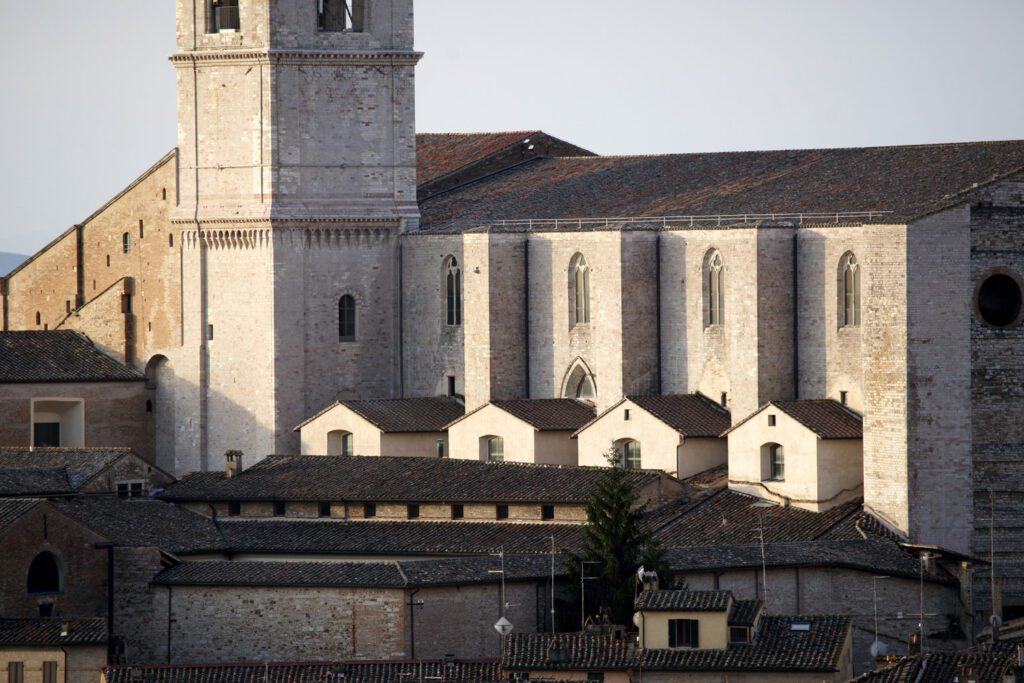
The Main Streets
Perugia’s old town center follows some lines of development, caused by both the differences in elevation and the needs in town life. So, like in a leaf, Corso Vannucci – stretching from the Fontana Maggiore to the panoramic viewpoint at Carducci Park (Giardini Carducci) – works as the midrib into which the lateral streets insert themselves.
Up until the 13th century, Perugia remained within the perimeter of the Etruscan walls; then, however, the economic welfare that rose from the strengthening of the free Commune caused a need to enlarge the town. Therefore the borghi (suburbs) were created, which covered areas that had been scarcely inhabited until then. These urban expansions hosted manufacturing activities and craftsmanship that made the town richer.
The areas of the suburbs are each in correspondence with its own gate (Porta). There issued the suburb of Porta Santa Susanna, as well as Porta Eburnea, Porta Sant’Angelo, Porta Sant’Antonio, Santa Giuliana, “Borgo Bello” (the “Beautiful Suburb,” that is Corso Cavour), Borgo San Pietro, and Porta Sole. Each suburb, in its turn, is structured as a main street onto which the alleys open out, recalling the shape of a comb. When, later on, the new Medieval walls embraced these areas too, they would become the town quarters (Rioni).
The Alleys in Downtown
Corso Vannucci – often called il Corso, simply – with its double row of shops, is the wider street in downtown. But by entering any of the alleys that open out onto it, you will discover a maze of passages, often very narrow and a bit dark, that provide a direct insight into Medieval Perugia.
The old names of some alleys witness the once fundamental activities of those artisans who made Perugia wealthy. Via dei Lanari, for example, honors the wood workers, one of the most ancient guilds (then called Arti) in the town; while Via del Naspo ( = arcolaio in current Italian) was named after the yarn swift, the tool used to turn a wood bundle into a ball. Among such charming names, some may sound a little disturbing, like Via delle Streghe, “Witches Street,” that however only refers to its being dark and snaky. Or they may remind us of a pledge of friendship, like Via dello Struzzo, “Ostrich Street,” since one of these birds actually lived in a garden that opened on the alley – a friendly link between a Countess of Perugia Marianna Florenzi and King Ludwig I of Bavaria.
What about the Towers?
In the left nave of Saint Lawrence’s Cathedral you can see a Gonfalone, that is a painting to be carried as a standard in processions; it shows Perugia’s skyline as was before the Rocca Paolina. (Paul III’s fortress) was built. A striking detail is the great number of towers represented. If we have an outlook at the current skyline, the difference will be obvious: hardly some towers are left. As a matter of fact, Medieval Perugia was full of towers, each in connection with a dwelling place. They are called case-torri, “tower-houses,” vertical buildings whose function was defensive, in the beginning at least. A towered house in town was the equivalent of a castle in the countryside. And like castles, they also monitored the properties of noble families. Many towers collapsed in the course of time; many were demolished during the fights between factions; or otherwise, chopped off in the 16th century, when the then Papal States decided to delete all signs of independent local power.
